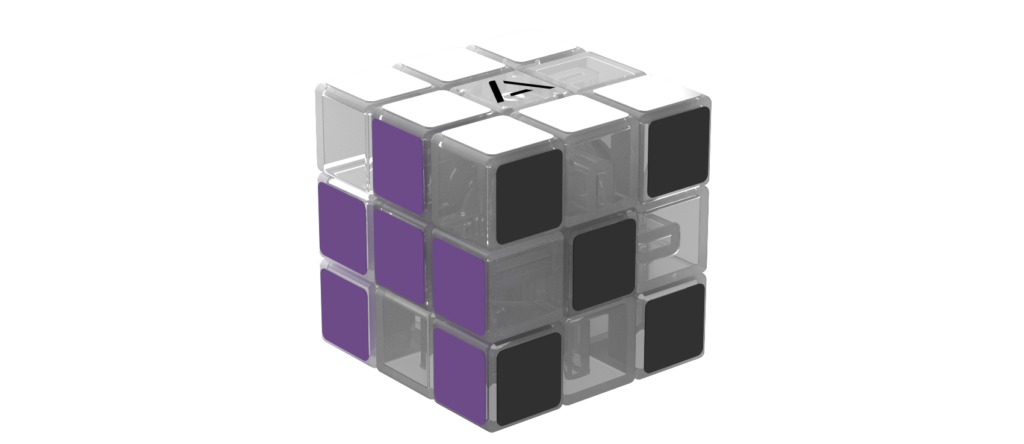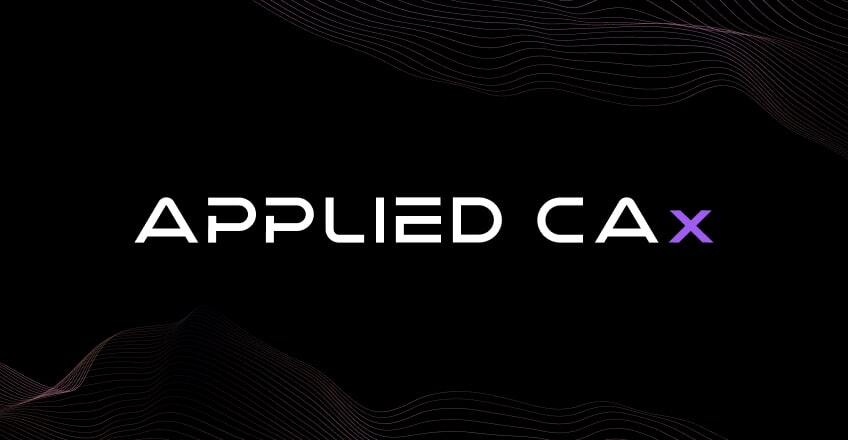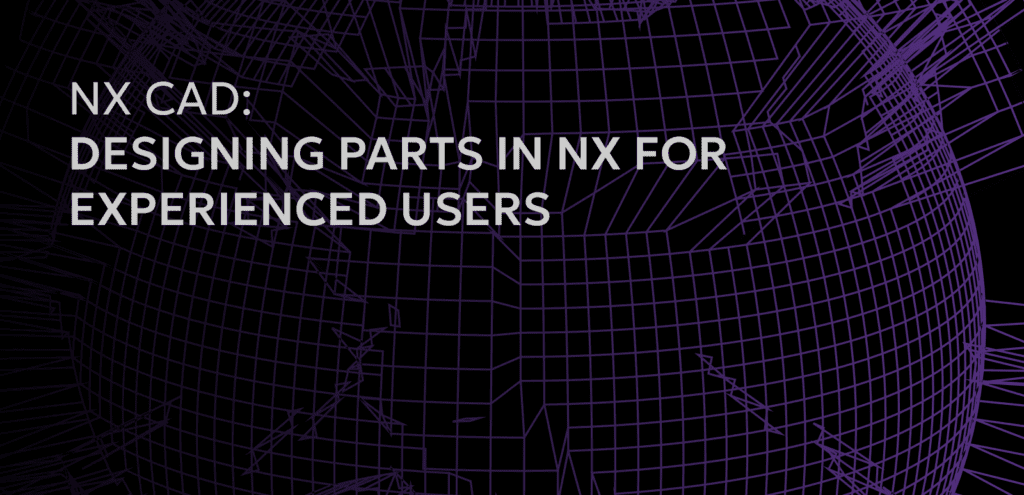But isn’t contact nonlinear by nature?
Linear contact is called such because there is no geometric or material non-linearity in the analysis. That is, the stiffness matrix is not updated and the material behaves in a linear elastic fashion.
Take for example a small steel punch pressing against a rigid surface. Let’s assume it’s not going to buckle and it has nominal material properties for steel. When the steel reaches the yield stress, it has a strain of 0.2% (60,000 psi yield / 29,000,000 psi modulus). If that punch was originally 1” long, it has compressed 0.002”. One could safely assume that the behavior of the system has changed very little (it’s not buckling, remember?) What does this all mean? For problems with stiff engineering materials (e.g. steel, aluminum, laminates) where the material is not stressed beyond the yield strength, linear contact is a reasonable analysis mechanism.
Just tell me what buttons to push…
This white paper will cover a wide range of linear contact problems from the simple task of setting up contact regions to the more daunting charge of manually adjusting the penalty factors. The key to any linear contact problem is to start simple. Before you try to run that 500,000 node model with 20 contact regions, build small, manageable models of the different contact scenarios for easy debugging.
Click here to watch the seminar








